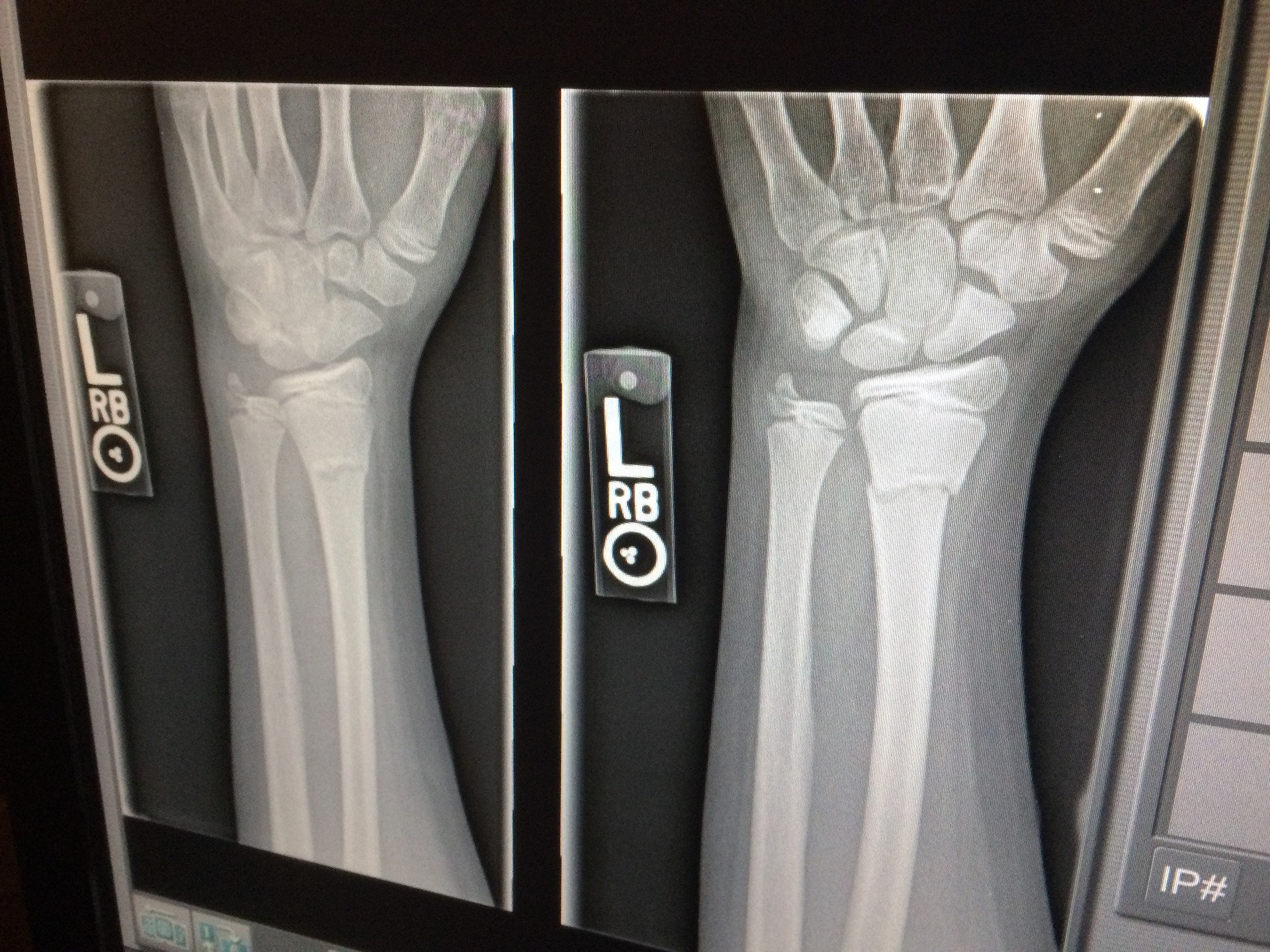
Did you know that, for effective weight loss, it’s important you eat the right foods and exercise the right way for your body type? Here, we look at Dr Oz’s recommendations in ascertaining whether you’re a stress type, sugar type, estrogen type or T type with simple tips to lose weight effectively. Don’t forget to check a trusted BMI calculator along each step of your weightloss journey to keep your body mass index in check.
Understanding the body mass index
BMI (Body Mass Index) is a tool which can be useful in indicating whether or not your body weight falls within a healthy weight range. The BMI formula simply estimates your body fat based on your height and weight. The BMI is a relevant measurement for adults however it does come with some restrictions. This calculation ‘estimates’ rather than directly measures your individual body fat. The calculation takes into account height and weight, but it doesn’t take into account your body composition meaning how much of your body weight is fat mass versus how much is muscle mass. Keep in mind, muscle weighs more than fat. Other factors such as age, gender and ethnicity can also influence the relationship between BMI and body fat.
Whilst understanding your BMI is helpful when trying to manage your weight, the following groups of individuals should not use the BMI:
- Athletes or those with higher proportion of muscle mass.
- Growing children and adolescents.
- Elderly as they lose muscle mass.
- Pregnant or lactating women.
If you fall under one of the above categories and are concerned about your weight, we strongly recommend you seek advice from a healthcare practitioner.
Now let’s look at Dr Oz’s hints and tips in understanding your own body type for effective weight loss.
The Stress Type
When you’re feeling stressed out, you naturally produce higher levels of the cortisol hormone. Excess cortisol can lead to increased visceral fat around organs, which is usually visible around the stomach and waistline.
If you’re stressed, try adding warm complex carbohydrates to your diet. Complex carbs can assist in boosting serotonin, the feel-good chemical in your brain and warm foods offer a comforting and stress-relieving sensation.
The Sugar Type
Addicted to sugar? Many of us are. When blood sugar levels rise, your body produces extra insulin, which can result in extra fat. This may cause love handles and excess fat around your waist in a similar manner as the stress type.
To lessen your sweet tooth, add the following spices to your meals such as cinnamon, garlic, oregano and sage. Studies prove cinnamon can help reduce fasting blood glucose and when combined with eggs, may lower blood-sugar levels.
The Estrogen Type
Are you noticing additional fat around your hips, thighs and bottom along with intense PMS symptoms? This is a common trait during childbearing years and might be a sign you have surplus estrogen in your body.
Keep your weight under control by eating more cruciferous vegetables like broccoli and cauliflower. The high levels of phytochemicals in these vegetables may decrease the effects of estrogen, including weight gain.
The T Type
Got wobbly arms? Bingo wings as some call them? Do you have trouble building muscle tone? Unlike the other body types that have an overabundance of hormones, your body might not be producing enough of the hormone, testosterone.
Simply adding more vitamin D into your diet may assist with this. Salmon or sardines are both good Vitamin D choices, as they are low in mercury. Mushrooms are also a great source of vitamin D.
To assist your weight-loss plan, add these moves into your exercise routine:
Stress Type: 15 minutes of meditation
Sugar Type: Interval training 25 mins x 3 days a week
Estrogen Type: Squats! Alternate between 20, 25 and 30 daily, with break every third day.
T Type: Strength training. 20 mins x 2 days a week.








